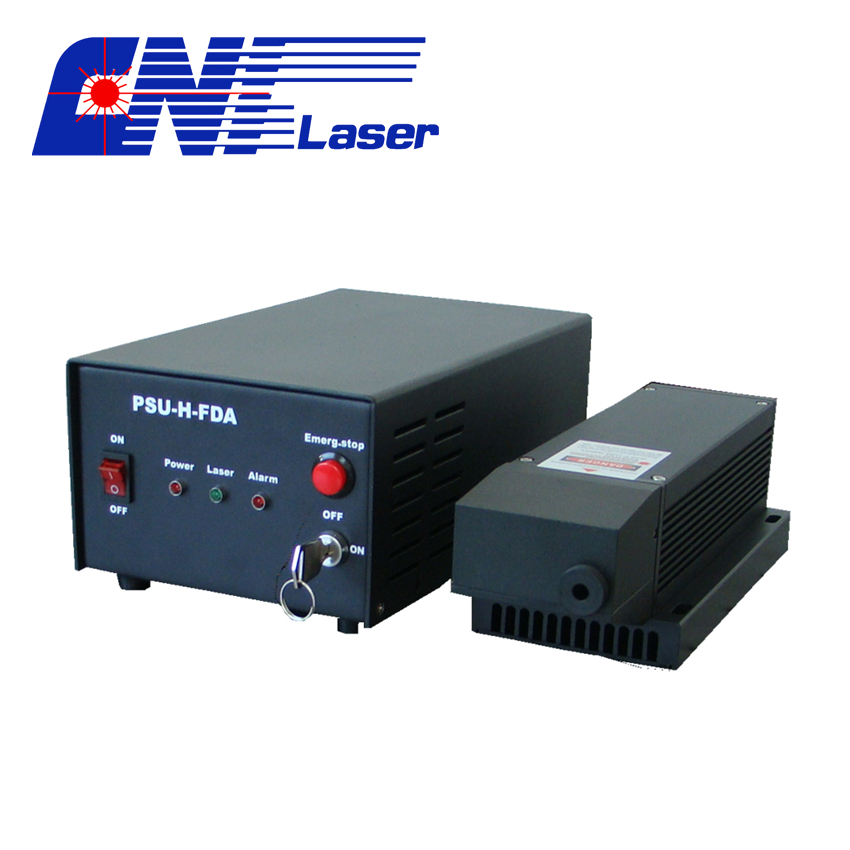In recent years, with the rapid development of China's truck industry, trucks are being replaced at an unprecedented pace. More and more domestic trucks are now equipped with advanced foreign technologies, aiming for high power, large tonnage, efficiency, comfort, reliability, and energy conservation. While these features have become standard in European and American trucks, they are still in the early stages of adoption in Chinese trucks. So, what exactly is driving the transformation that makes our trucks look newer and better? Let’s take a closer look at the Beijing Auto Show parts exhibition area to uncover the secrets.
**Enhanced Load Capacity**
As demand for higher-capacity vehicles increases, high-reliability, safety-focused drive axles with greater load capacity are gradually replacing traditional single-stage reduction axles. These older models use a set of bevel gears to slow down the rotation, which requires larger gears and, consequently, bulkier axle housings. This reduces ground clearance and negatively affects vehicle passability.
In contrast, wheel speed reduction bridges feature smaller external gears on the half-shaft and planetary gears around them. The hub wheel teeth engage with these planetary gears to achieve efficient deceleration, resulting in improved driving force and better off-road performance.
Another key advancement is the V-shaped thrust rod, a technology introduced from abroad. It helps distribute forces evenly across the frame, reducing damage from heavy loads and impacts. A damping module between the bridge and leaf spring further minimizes stress on the axle housing and chassis, enhancing overall reliability.
To support higher load capacities, frame technology has also evolved. Variable frames and high-density steel are now widely used. For example, the HOWO model by Sinotruk incorporates Steyr design principles, widening the frame and improving the overall carrying capacity.
**Energy Efficiency and Emission Reduction**
Since the new century, reducing emissions has become a top priority in China’s automotive sector. Truck emissions have rapidly advanced from zero standards to Euro III levels. Initially, there was little awareness of emission regulations in China, but as Euro I and II standards were implemented, engine technology quickly caught up.
The shift from mechanical to electronic control systems marked a significant improvement. The most common technology today is the electronically controlled high-pressure common rail system. It allows precise fuel injection timing and quantity, balancing fuel efficiency and power output. The injection pressure can reach up to 200MPa—three times higher than traditional diesel engines—which improves combustion efficiency and fuel economy.
Moreover, the common rail system ensures uniform fuel delivery to each nozzle, resulting in smoother engine operation and enhanced performance.
**Improved Cab Comfort**
Domestic truck manufacturers like Foton Auman pioneered improvements in cab design, introducing the first four-point suspension cab. Though initially met with skepticism due to its "floating" feel, drivers soon appreciated the enhanced comfort and reduced fatigue.
Modern cabs now come with ergonomic air suspension seats, some even featuring electric heating. High-roof designs allow drivers to stand upright, while wide-body sleepers provide better rest. Dashboard layouts have also been reengineered for easier operation, making the driver’s experience more intuitive and comfortable.
**Integrated and Modular Design**
Component integration and modular design have become central to China’s truck advancements, influenced by Steyr technology. Advanced electrical connectors now prevent water damage and improve reliability. Standardized specifications ensure better compatibility and reduce failure risks.
The introduction of CAN bus technology is another milestone. First adopted through Steyr, it enables real-time communication between vehicle systems, such as the engine and onboard electronics. This enhances monitoring, intelligent start-up, and digital display capabilities, transforming trucks into smarter, more efficient machines.
**Focus on Safety**
Safety has also seen major improvements. Modern trucks feature reinforced body structures, passive protection devices, and improved visibility. Cab frames are now fully welded using automated robotic lines, ensuring stronger and safer designs.
Some models include front anti-drill protection frames, which enhance pedestrian safety during frontal collisions. Lateral stabilizers, commonly found in foreign trucks, are now being adopted in China to improve stability. Additionally, ABS systems are becoming more widespread, with future technologies like EBL and TPMS expected to further boost safety.
These innovations are shaping the next generation of Chinese trucks, making them not only more powerful and efficient, but also safer and more comfortable for drivers.
UV Laser
UV (Ultraviolet) lasers include DPSS (diode-pumped solid-state) Laser and diode laser. The laser head comes with cooling and precise temperature control system, and power supply comes with overcurrent and overheating protection function. CNI lasers have stabilized power, easy operation, reliable performance and long lifetime. The laser products include 5 series: high energy, high power, high stability, low noise and Single Frequency Laser. Free space or fiber-coupled (SM fiber, MM fiber, homogenization fiber) output available. They are widely used in raman spectra, holographic photography, Lithography, etc.
Following wavelength are available for ultraviolet laser : 257 nm 349 nm 395 nm 261 nm 351 nm 397 nm 266 nm 355 nm 400 nm 303 nm 360 nm 320 nm 375 nm

Uv Laser Light,Uv Laser,Ultraviolet Laser Light,Safety Uv Laser
Changchun New Industries Optoelectronics Technology Co., Ltd. , https://www.cnioptics.com
